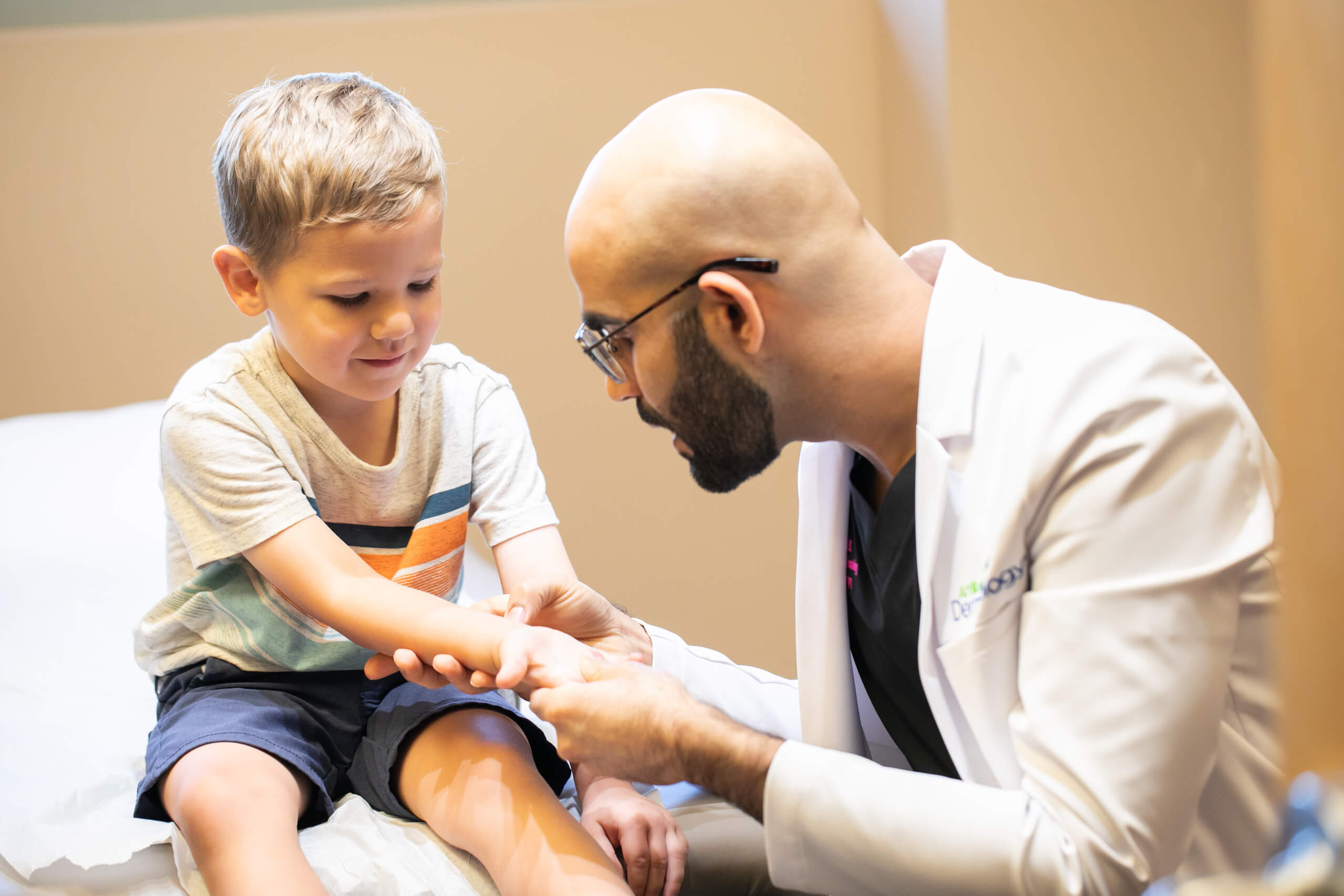Navigating Skin Cancer Therapy: The Crucial Duty of Mohs in Modern Dermatology Practices
Skin cancer, an overwhelming diagnosis, often leaves patients grappling with numerous therapy alternatives. As we explore the ins and outs of this treatment, one will appreciate its pivotal role in skin cancer cells therapy.
Comprehending Skin Cancer: Kinds and Risks
There are three major kinds of skin cancer: Basal cell carcinoma, Squamous cell cancer, and Melanoma. It accounts for only concerning 1% of skin cancer situations but causes the huge majority of skin cancer deaths. Risk variables include reasonable skin, background of sunburn, excessive sunlight exposure, living at high altitudes or close to the equator, having numerous moles, a family members background of skin cancer cells, and deteriorated immune system.
What Is Mohs Surgical procedure and How It's Revolutionizing Skin Cancer Treatment
Despite the many therapies currently available for skin cancer cells, Mohs surgical treatment attracts attention as a groundbreaking and very effective option. Called after Frederic E. Mohs, the medical professional who developed the procedure, Mohs surgery is a precise medical method utilized to treat skin cancer cells. Throughout the procedure, slim layers of cancer-containing skin are progressively gotten rid of and examined till just cancer-free tissue continues to be. This technique allows the specialist to validate that all cancer cells have actually been gotten rid of at the time of surgical treatment. This degree of accuracy, combined with the ability to spare as much healthy cells as feasible, is reinventing skin cancer cells therapy. Therefore, Mohs surgery has come to be a keystone of contemporary dermatology methods.
The Benefits of Mohs Surgery Over Conventional Skin Cancer Cells Treatments
Building on the cutting-edge nature of Mohs surgical treatment, it's critical to consider its countless advantages over standard skin cancer therapies. Unlike standard treatments, Mohs uses a higher remedy price, often getting to 99% for first-time treatments and 94% for recurring cancers. Additionally, it minimizes damage to healthy skin, leading to much less scarring and boosted cosmetic outcomes.
The Treatment of Mohs Surgical Procedure: What to Expect Throughout the Process

Possible Adverse Effects and Post-Operative Care of Mohs Surgical Procedure
Going through Mohs surgery, like any type of various other medical procedure, entails potential adverse effects that people moved here ought to understand. Common adverse effects include discomfort, wounding, and swelling at the surgery site. These are normally temporary and workable with over the counter discomfort medication and ice packs. In uncommon cases, patients may experience infection, blood loss, or a sensitive reaction to the regional anesthetic. Post-operative care is essential to recovery and minimizing adverse effects. This commonly entails keeping the injury clean and dry, taking recommended drugs, and avoiding exhausting activities. Patients need to additionally participate in all follow-up appointments for wound treatment and surveillance. In some situations, additional treatments may be essential to guarantee full removal of the malignant cells. Sticking to these post-operative treatment standards can considerably enhance recuperation and end results.
Final thought
